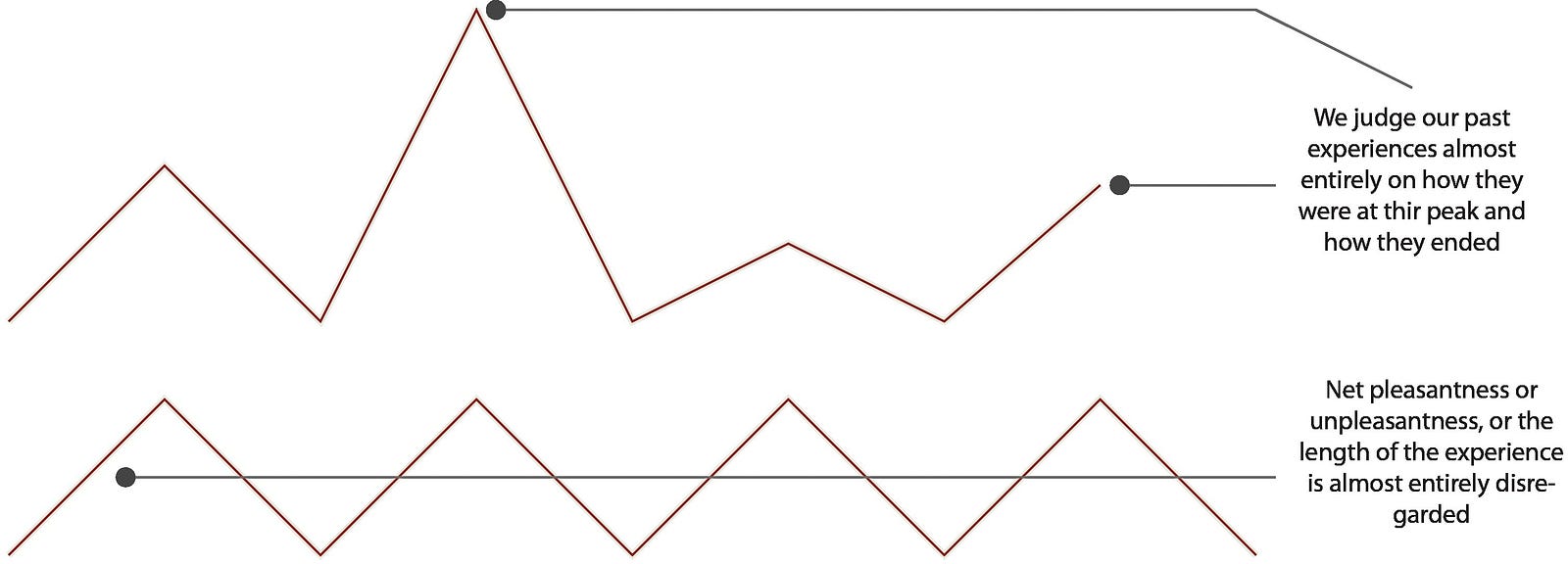87% of organizations say traditional experiences no longer satisfy customers. So how do you build a CX that will stand out from the crowd?
“People will forget what you said, people will forget what you did, but people will never forget how you made them feel.”
— Maya Angelou
The problem with a traditional customer experience
According to Accenture, 87% of organizations say traditional experiences no longer satisfy customers. A “good” experience is ok, but for your brand to break through with customers, it needs to stand out.
An unforgettable experience means customers talk about it. They recommend it, and prefer it. In short, being unforgettable drives your bottom line.
The science behind creating an unforgettable customer experience
How do we create an experience that stands out?
First, it helps to understand how our brains create memories.
Nobel Prize-winning economist Daniel Kahneman explored this subject in a study about how people remember pain. He asked people to rate their discomfort of colonoscopy procedure. Kahneman’s team then compared the patients’ “remembered” pain experiences with data recorded during the procedure.
To their surprise, the team found people rated the pain of the entire experience based on only two points: The intensity of pain at its worst point, and the pain at the end of the procedure.
Kahneman discovered that our brains can’t remember everything, so they use mental shortcuts (called heuristics) to pick out what’s important.
One of the most important heuristics is emotion — the more intense and more recent the feelings, the more memorable the experience.
These findings are the foundation of the psychology principle known as the Peak-end Rule.
The Peak-End Rule and what it means for brands
The Peak-end Rule says that people judge an experience based on how they felt at its peak and its end, not the average of every moment of the experience. And that’s true whether the experience was good or bad.
For brands, this means customers will remember their whole experience based on only two moments — the best (or worst) part of their experience, and the end.
That’s great news because, according to science, there’s room for error in your experience. To transform people’s memories of your brand, you only have to perfect two moments — the peak and end.

